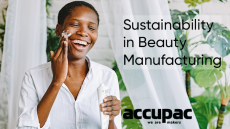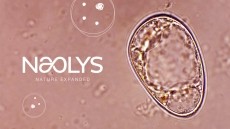New research to open up regenerative applications

The discovery is said to open up new applications and areas of research, particularly in regenerative treatments.
The work, led by Ludwik Leibler also included teams from the Laboratoire Physico-Chimie des Polymères and the Milieux Dispersés, who say that until now, there has been no entirely satisfactory method of obtaining the adhesion between two gels.
“This method could moreover be of interest to cosmetics industry as well as to manufacturers of prostheses and medical devices (bandages, patches, hydrogels, etc.),” Leibler explains.
Whilst the adhesion is self-repairing, it also offers resistance to immersion in water. The scientists say two pieces that have become unstuck can be repositioned and glued back together without adding nanoparticles. Silica nanoparticles are not the only materials that display these properties.
They have obtained similar results using cellulose nanocrystals and carbon nanotubes.
The research
An aqueous solution of nanoparticles of silica, a compound that is readily available and widely used in industry, particularly as a food additive, makes it possible to glue together all types of gel, even when they do not have the same consistency or the same mechanical properties.
According to the researchers, the adhesion process only takes a few seconds and does not require the addition of polymers or any chemical reaction.
"Apart from the rapidity and simplicity of use, the adhesion provided by the nanoparticles is strong since the junction often withstands deformation better than the gel itself," Leibler explains.
The nanoparticles of the solution bind to the molecular network of the gel, a phenomenon known as adsorption and, at the same time, the molecular network binds the particles together. In this way, the nanoparticles establish innumerable connections between the two gels.
Leibler is recognized for inventing completely original materials combining real industrial interest with profound theoretical concepts. He has also invented a new class of organic materials known as vitrimers. Repairable and recyclable, these materials, like glass, can be shaped as desired and in a reversible manner, while remaining insoluble, light and strong.
The complete study was published online in Nature on 11 December 2013.














